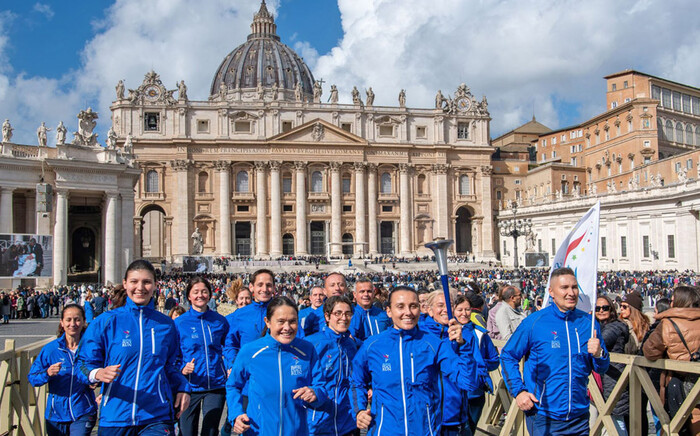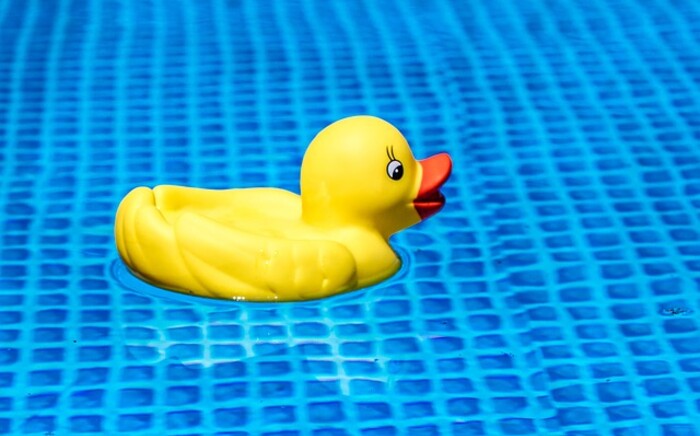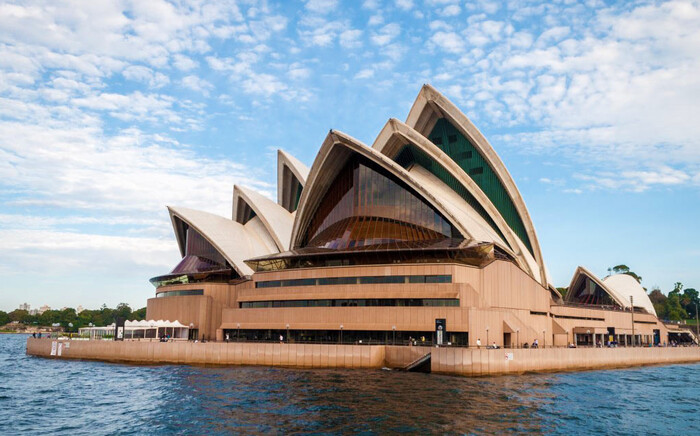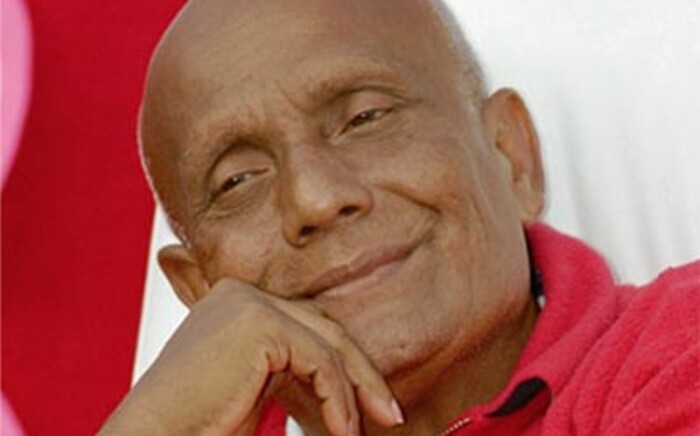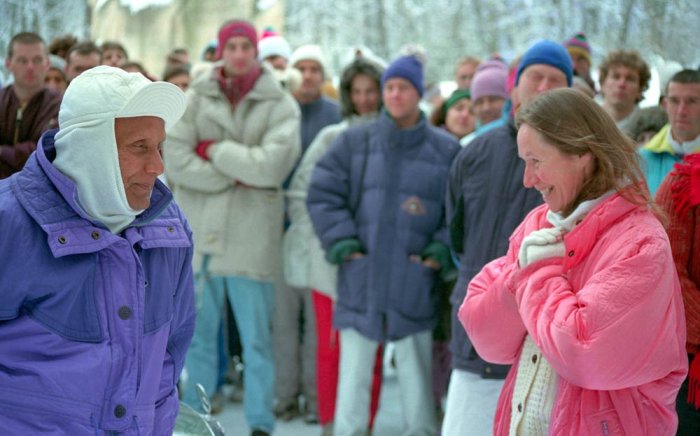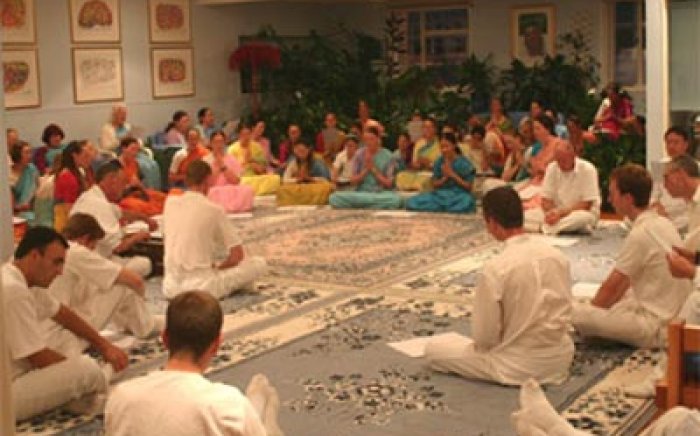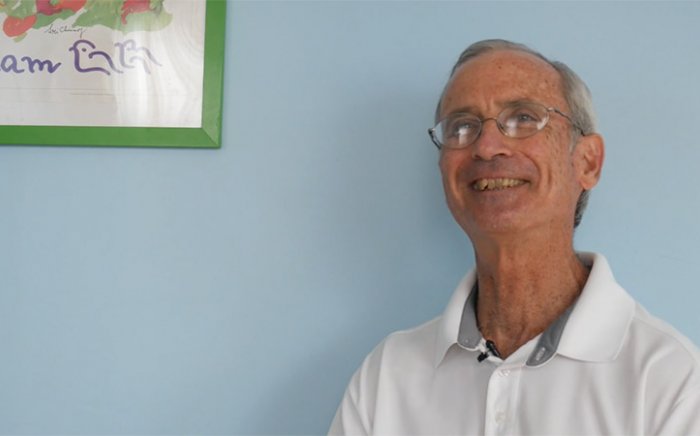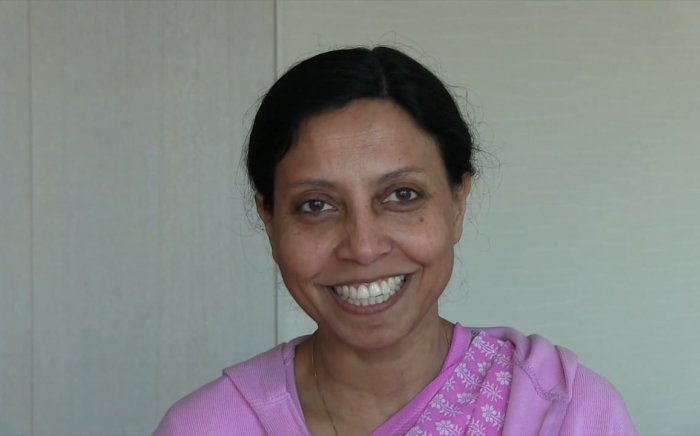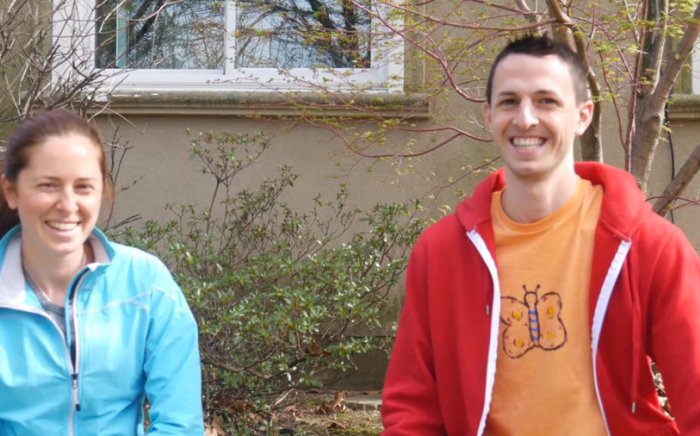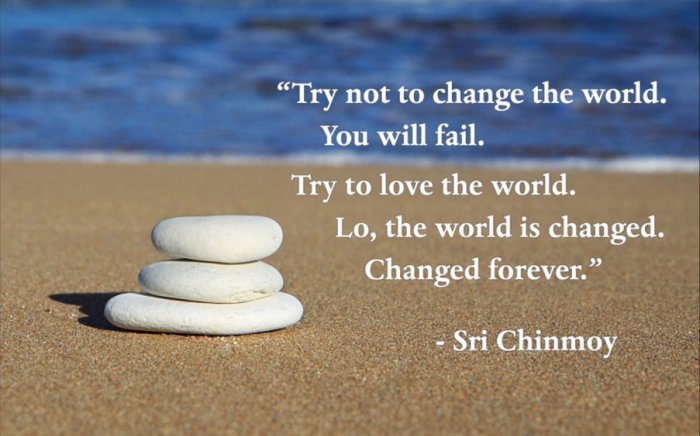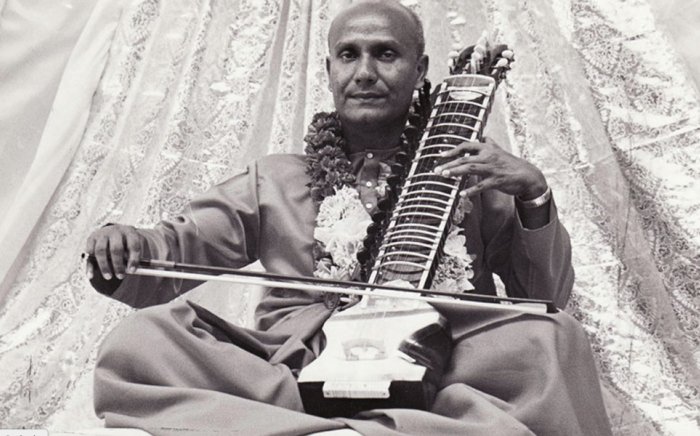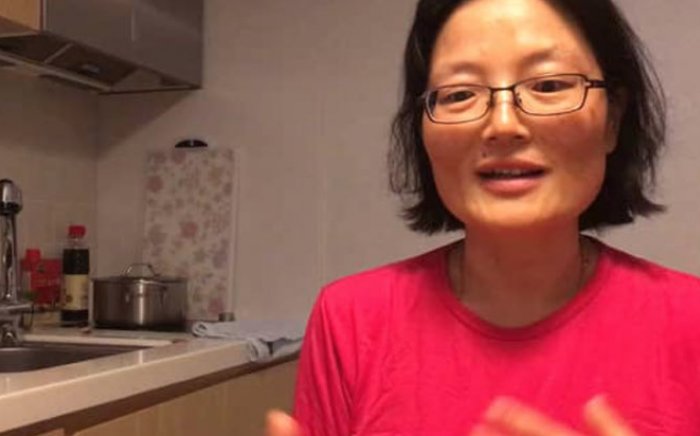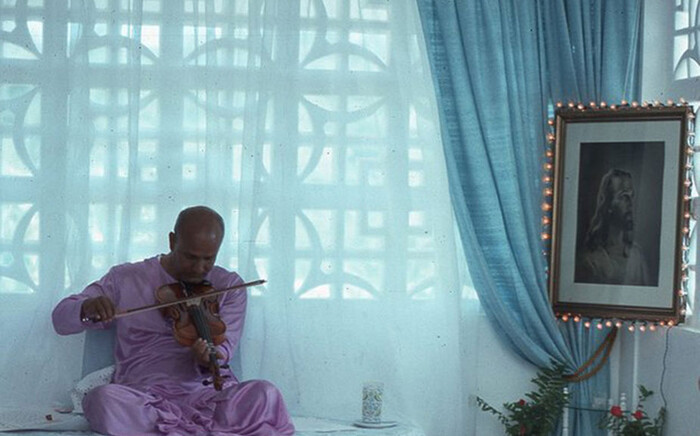Flying home to New Zealand from South Africa after the race, the man beside me turned and asked - 'are you a writer?' I could understand why he asked. I had spent hours scrawling away in my black-bound book. 'No, no,' I replied. What follows may prove what the correct answer should have been.
As the aeroplane left the many lights of Swaziland behind and began descending across the darker landscape of the Free State towards Gauteng and the city of Johannesburg my mind was absorbed by the memory of a clipping from a July 1981 issue of the Christchurch Star. For some obscure reason that clipping is resting between the leaves of A Saint Companion for Each Day on the bookshelf in my parents’ spare bedroom. The clipping has a large photograph accompanying the brief text. It shows a vast sea of people seen from a height – perhaps it was taken from a nearby building. Not yet does it show an angry mob rioting and battling police – that would come in later issues. The multitude stands in silence intent upon some distant speaker who may have been at that instant the Catholic bishop of Christchurch – certainly he spoke. The crowd is still. It was called the Day of Shame. It was the day that the South African rugby team arrived in New Zealand. No person in that photograph is more than a dot but somebody with a red felt pen has circled three of those dots. Could it be? Could that white dot be my mother’s white head; the dark one next to it, my brother; the third one, me? Certainly we have long thought so.
The history of the relationship between New Zealand and South Africa is a long one. The first time the colony of New Zealand sent troops overseas was to fight the so-called Boer War. Since then the relationship has revolved ever around the national obsession of both nations – the in my opinion absurd sport of rugby.
The Gleneagles Agreement was signed by the nations of the Commonwealth in 1977: ‘The member counties of the Commonwealth have long recognised racial prejudice and discrimination as a dangerous sickness and an unmitigated evil and are pledged to use all their efforts to foster human dignity everywhere … They reaffirm their full support for the international campaign against apartheid and welcome the efforts of the United Nations to reach universally accepted approaches to the question of sporting contacts within the framework of that campaign. Mindful of these and other considerations they accept it as the urgent duty of their Governments vigorously to combat the evil of apartheid by withholding any form of support for and by taking every practical step to discourage contact or competition by their nationals with sporting organizations, teams or sportsmen from South Africa.’
In 1981 the New Zealand government, for its own reasons, chose to ignore its responsibilities under the Gleneagles Agreement and permitted the New Zealand Rugby Union, for its own reasons, to invite the South African rugby team to tour New Zealand.
In that year, every unholy demon in the country was let loose in the name of ‘sporting contacts with South Africa’ as New Zealand tore itself apart in opposition to, or support of, what is still know as ‘The Tour’.



The ’plane whacks down on the tarmac of Johannesburg airport and I am here. I am here in South Africa to compete in my sport. I offer up a silent prayer of gratitude that I who marched the streets of my home town, who did all I could at the age of 16 to pressure my government to halt all sporting contacts with South Africa, can, with a clear conscience and a joyous heart, touch down in South Africa; touch down at what was then called Jan Smuts International Airport but is now called OR Tambo International Airport for Oliver Tambo, president of the ANC; can be here in the rainbow nation to participate in the world’s greatest ultra-marathon, the crown jewel of South African sport.
*
This journey began in the dense, wet bush of the Waitakere Ranges in New Zealand six years ago during a hard trail race. That race was 50 km long and over the roughest, wettest forest pathways. How many times did I fall in the mud, tripping on the twisted and tortuous roots that covered the narrow trail, or hit my head on overhanging branches? Only once did I fall in a river. Each competitor had been given a map of the course – a map which was somewhat less than easily followed. A few kilometres into the race several of the competitors found ourselves at a dead-end obviously well off the correct route. At that point Lilac Flay turned to me and suggested that we stick together – two heads being less likely to get lost than one. The trouble with that idea was that she was a national record-holder, and I was – not. I agreed to give it a try. In the end I was proud to keep up with her for over 40 km. Her theory about two people being less likely to get lost, however, proved false. We got spectacularly lost together, running down into and up, up, up out of a whole extra valley before, by some miracle, ending up back on the right route.
I ran doggedly and silently at her heels; she cruised effortlessly the rough hills – talking all the way.
It was there that she said those fateful words to me – ‘There are two races in the world that you have run: the Kepler Challenge and the Comrades Marathon.’
Six years later here I am walking the gloomy corridors of OR Tambo International Airport.
*
I am fortunate to have two friends who live in Johannesburg. The next day we set out early, past the great miserable hills of tailings from the mines that made Johannesburg rich, out out across the high veldt – blonde with desiccated grass and a dusting of frost. Down we travel across ‘big sky country’, across the Mooi River, through Pietermaritzburg towards Durban 600 km away. We slurp rooibos tea. We eat sandwiches on the roadside at Peacevale.
At Durban we stroll along the seafront promenade like the men who broke the bank at Monte Carlo. I don’t buy the supposedly crocodile-skin belt nor the supposedly buffalo-skin belt despite the best importuning of the hawker, but we do have an ice cream and admire the sand sculptures – but not too obviously in case their creators ask us for payment.
I pick up my race number and we head back up towards Pietermaritzburg.
There are t-shirts that one can buy in New Zealand that read – ‘I support the All Blacks, and anyone playing Australia’.
We settle down in the booth at the Spurs Steakhouse in Pietermaritzburg for dinner. Around the room are televisions all showing the same thing: a rugby game between the South African Springboks and the Australian Wallabies. One could sense, as we entered, a certain gloom in the atmosphere but it soon turns to cheering jubilation as the Springboks score a drop goal. Here I sit in the heartland of Afrikaner rugby. In one corner a family is celebrating a birthday – the staff of the restaurant lined up singing some jubilant black African birthday song. Around the rest of the room people are cheering as the Boks score again as the game draws to a close. Final score: 22/19 to South Africa.
Despite the t-shirt, I feel a strange twinge of Pacific solidarity as the Wallabies go down, but we apply ourselves to our enormous meal and enjoy the buoyant mood.
The slimmest Islamic crescent of African moon hangs over the dark waters of the Midmar Dam. By the time we find a campsite it is pitch dark – and very cold. As the two boy scouts pitch the tent I bumble up to the concrete building up the slope where a hot shower awaits. I prepare for the morning: running gear to hand; race number neatly pinned back and front of my new singlet; and on the back also pinned a small New Zealand flag; electronic chip laced neatly to one running shoe; hat, Band Aids and Vaseline in place for ease of access in the dark of morning. These are the regular pre-race rituals. The bullfighter does as the medieval knight did – spends the night prior to his ordeal, with his armour and weapons, in vigil before the altar.
I dreamed the previous night in Johannesburg that I met with some friends to begin our search for the Holy Grail. It wouldn’t take us long – no more than two days I thought – for ‘It’s not out there,’ I said, ‘it’s in here,’ touching the centre of my chest.
We crawl into the small tent and lie still, like three chilly sardines on the African ground. Outside the frost settles on the grass and the crocodiles no doubt go hungry to their own cold beds.
At three the next morning we are up and away.
Continued here: part two
